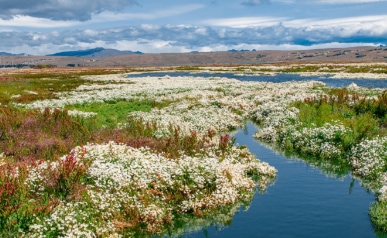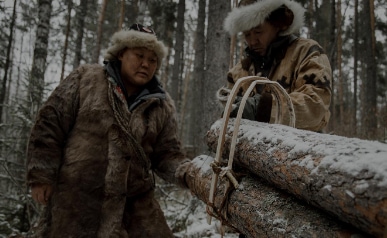We use cookies to improve your experience on our website. By browsing this site, you agree to our use of cookies.


Animal welfare and environmental programmes that are science-based, third-party certified, and transparent.





WelFur is the fur farm inspection and certification programme covering mink, fox, and Finnraccoon (Asiatic raccoon) in Europe. Assessments are performed by third party assessors and farms that fail to meet the strict standards are not included in the certification programme.

The USA has been certifying its farms with veterinarians since 1988 and is currently updating its standards in response to scientific advances and innovation.

Certifur Canada provides assurances to buyers and consumers that animal care standards are being met.

The Wild Fur Certification Protocol helps to ensure that population and environmental sustainability is key to how wild fur is harvested. It complements the system of checks and balances that operate at local, state, regional, and provincial levels and far-reaching international agreements.

Swakara is the name of a specific breed of Karakul (high-quality lambskin) from Namibia. It is expected that, by 2020 auction houses selling Swakara will be able to issue a certificate to show it has met Furmark® requirements.
The IFF has launched an animal welfare programmed for farmed Chinchilla on 2024. During the first round there are 33 farms certified in Europe, and the certified pelts can be purchased from the certified trading body Crown D.O.O.

The IFF launched a certification programme for Argentinian Wild Nutria on 2024. The certified pelts can be purchased from the certified trading body Magromer in Argentina.

Moscow State Veterinary Academy has recently developed science-based regulations for keeping and breeding fur-farmed animals in Russia that meet European standards.
Dressers and dyers working with fur are committed to operating to the highest standards: that is why, under the Furmark® scheme, a new chemical standard has been developed with a third-party testing institute.